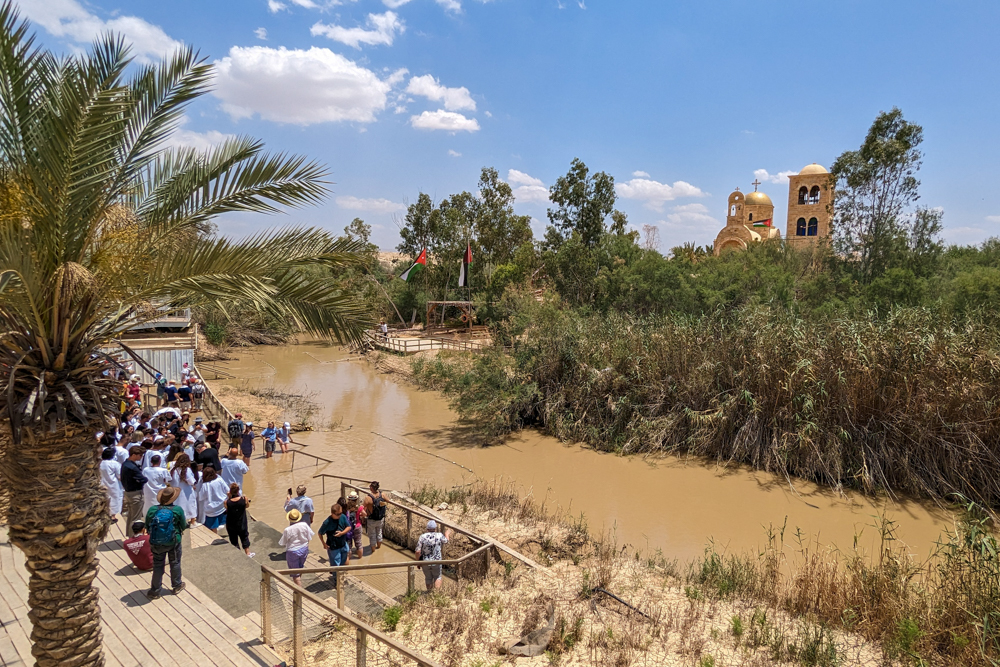Our guide on how to visit the West Bank in Palestine covers everything you need to explore this storied land
The contentious trace of arid land that makes up the West Bank has been a flashpoint between Israel and Palestine for decades. Packed with holy sites in Judaism, Christianity and Islam, the landlocked territory has always been of great symbolic importance.
As such, the region packs in more historical, religious and cultural heritage than arguably anywhere else in the world. In fact, it has the highest concentration of UNESCO World Heritage Sites in the Middle East. That the territory is so compact also means it is entirely possible to see most of the major sights in just a short trip – or even a day.
I visited the West Bank twice during a short trip to the region, travelling by bus and organised tour. To help you with your own trip, I’ve put together the following guide on how to visit the West Bank in Palestine.
What is the West Bank?
The West Bank’s name is derived from the area’s position on the western bank of the Jordan River. It was a creation of the 1948 Arab-Israeli War, which resulted in areas to the north, east and south of Jerusalem – which represent around 22% of what was once Mandatory Palestine from 1920 to 1948 – falling under Jordanian control.
During the 1967 Six-Day War, Jordan lost control of the West Bank to Israel. During the 1960s and 1970s, Jordan sought to reunify with the West Bank but eventually gave up all claims to the Palestinian Liberation Organisation in 1988. The region has continued to be hotly contended ever since with regular outbreaks of violence.
Since the 1995 Second Oslo Accord – an interim agreement on the Palestinian Territories – the West Bank has been divided into three areas.
- Area A (around 18%) is under full Palestinian civil and military control and includes the cities of Ramallah, Jericho and Bethlehem among others.
- Area B (around 22%) is under Palestinian civil but Israeli military control.
- Area C (around 60%) is under full Israeli control and includes the West Bank’s highway network and most of the Jordan Valley.
According to Amnesty International, since the 1967 conflict, Israeli land confiscation and illegal settlement in the West Bank have inflicted enormous suffering on the Palestinian people, depriving them of basic human rights. Today, there are as many as 200 illegal…
Click Here to Read the Full Original Article at Atlas & Boots…
